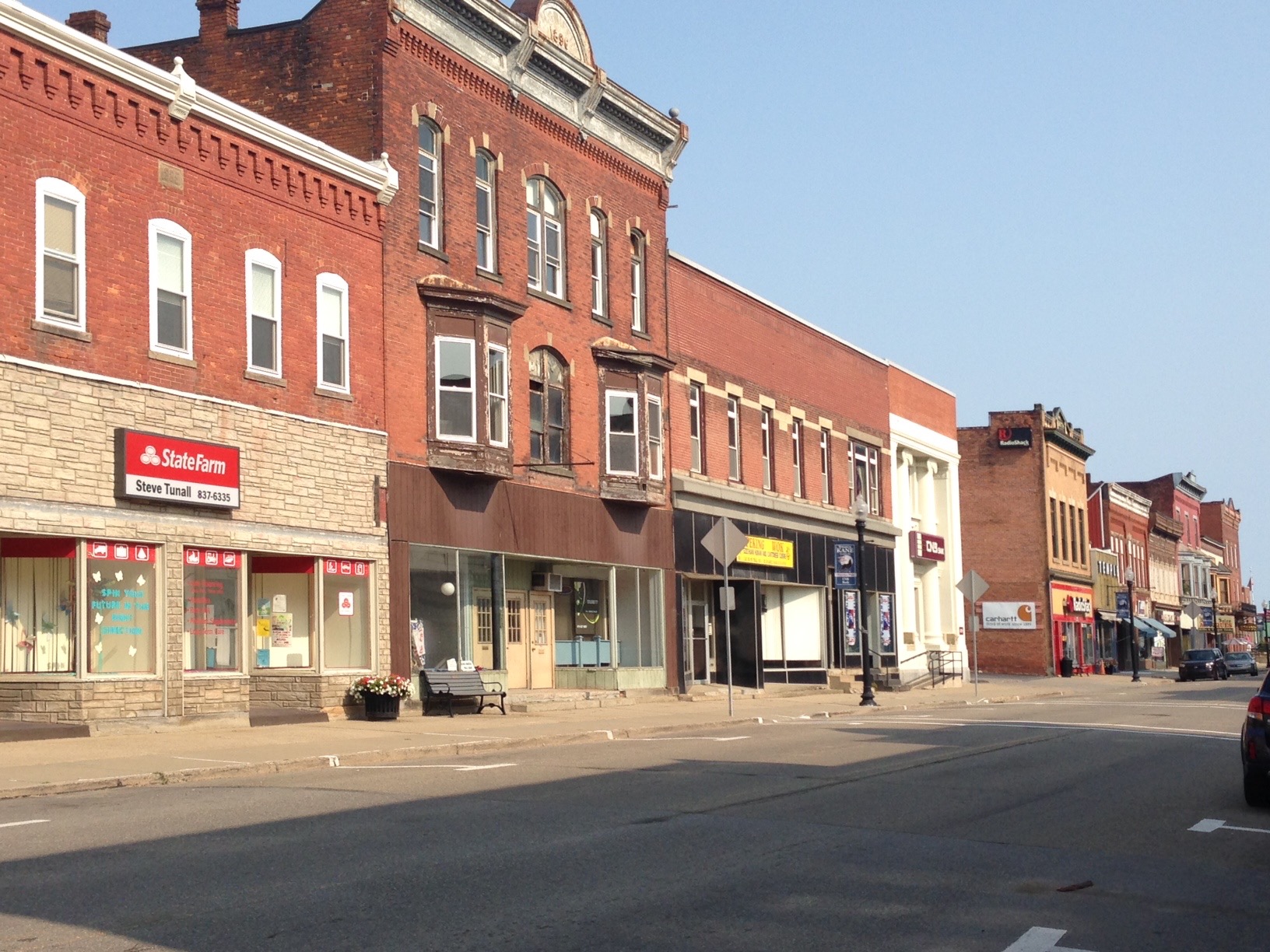To provide observations and information on the emerging fields of landscape scale conservation, heritage preservation, and sustainable community development.
Newsletter
Stay up-to-date with the latest nature, culture and community news.
We won’t spam you or share your information. Newsletters are sent approximately 10 times a year. Unsubscribe at any time.
Observations on the Land and Water Conservation Fund
New Featured Area: Soapstone Prairie Natural Area

Interpreting and Representing Slavery
Scholars from four continents gathered in the World Heritage listed Rotunda at the University of Virginia in Charlottesville for a two-day conference on “Interpreting and Representing Slavery and its Legacies in Museums and Sites: International Perspectives” (March 19-20 2018). The conference explored the variety of ways universities, historic sites and museums from around the Atlantic World tell the story of slavery and its far reaching legacy. The conference was sponsored by Thomas Jefferson’s Monticello, the University of Virginia, and the United States Committee of the International Council on Monuments and Sites (US/ICOMOS) in collaboration with the United National Educational, Scientific, and Cultural Organization (UNESCO) Slave Route Project: Resistance, Liberty, and Heritage.

Places and People in Trouble
Can America’s small cities be saved? Practioners in the fields of historic preservation, parks and recreation, and community development across the country have tried to tackle this problem. The problem runs wide and deep. For example, in Pennsylvania over 30 municipalities, almost all of which could be characterized as small cities, have been designated financially distressed. All of these places have a similar litany of problems – declining population and tax revenue, high pension and health care costs, a large inventory of blighted or tax-exempt properties, and heavy burden of municipal debt. Recent opinion pieces in the New York Times and the Washington Post have highlighted the issue, now what? Read more.

Culture/Nature Journey: New Delhi India
There is growing recognition of the interconnected character of culture and nature and the need for a more holistic approach to address the most urgent issues facing our planet – climate change, urbanization, and the transformations wrought by globalization. The recent Scientific Symposium at the 19th ICOMOS Triennial General Assembly in Delhi (December 11-15, 2017) continued the journey begun at last year’s World Conservation Congress in Hawai’i to find points intersection between the two fields. The discussion focused on such topics as the Connecting Practice initiative , the challenges of agriculture and rural landscapes, and the role of indigenous communities.

Half Earth: E.O. Wilson sparks the planet’s largest conservation effort
On October 23, 2017 conservationists gathered at National Geographic Headquarters for an event called “Half Earth Day” held six months after Earth Day in April.

Threats to the Conservation of U.S. Marine Landscapes
Overshadowed by the controversy over shrinking the size of national monuments that protect large swaths of the United States’ western landscapes, is a parallel effort to change the protected status of the nation’s marine resources. While all eyes have been focused on Department of the Interior, the Department of Commerce has been preparing its own report on the future of marine national monuments and national marine sanctuaries. The report is not yet public, but could impact a broad area of the nation’s off shore real estate.

Interpreting and Representing Slavery
Scholars from four continents gathered in the World Heritage listed Rotunda at the University of Virginia in Charlottesville for a two-day conference on “Interpreting and Representing Slavery and its Legacies in Museums and Sites: International Perspectives” (March 19-20 2018). The conference explored the variety of ways universities, historic sites and museums from around the Atlantic World tell the story of slavery and its far reaching legacy. The conference was sponsored by Thomas Jefferson’s Monticello, the University of Virginia, and the United States Committee of the International Council on Monuments and Sites (US/ICOMOS) in collaboration with the United National Educational, Scientific, and Cultural Organization (UNESCO) Slave Route Project: Resistance, Liberty, and Heritage.

Places and People in Trouble
Can America’s small cities be saved? Practioners in the fields of historic preservation, parks and recreation, and community development across the country have tried to tackle this problem. The problem runs wide and deep. For example, in Pennsylvania over 30 municipalities, almost all of which could be characterized as small cities, have been designated financially distressed. All of these places have a similar litany of problems – declining population and tax revenue, high pension and health care costs, a large inventory of blighted or tax-exempt properties, and heavy burden of municipal debt. Recent opinion pieces in the New York Times and the Washington Post have highlighted the issue, now what? Read more.

Culture/Nature Journey: New Delhi India
There is growing recognition of the interconnected character of culture and nature and the need for a more holistic approach to address the most urgent issues facing our planet – climate change, urbanization, and the transformations wrought by globalization. The recent Scientific Symposium at the 19th ICOMOS Triennial General Assembly in Delhi (December 11-15, 2017) continued the journey begun at last year’s World Conservation Congress in Hawai’i to find points intersection between the two fields. The discussion focused on such topics as the Connecting Practice initiative , the challenges of agriculture and rural landscapes, and the role of indigenous communities.

Half Earth: E.O. Wilson sparks the planet’s largest conservation effort
On October 23, 2017 conservationists gathered at National Geographic Headquarters for an event called “Half Earth Day” held six months after Earth Day in April.

Threats to the Conservation of U.S. Marine Landscapes
Overshadowed by the controversy over shrinking the size of national monuments that protect large swaths of the United States’ western landscapes, is a parallel effort to change the protected status of the nation’s marine resources. While all eyes have been focused on Department of the Interior, the Department of Commerce has been preparing its own report on the future of marine national monuments and national marine sanctuaries. The report is not yet public, but could impact a broad area of the nation’s off shore real estate.


